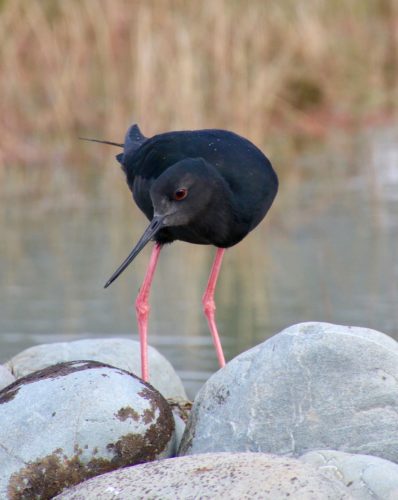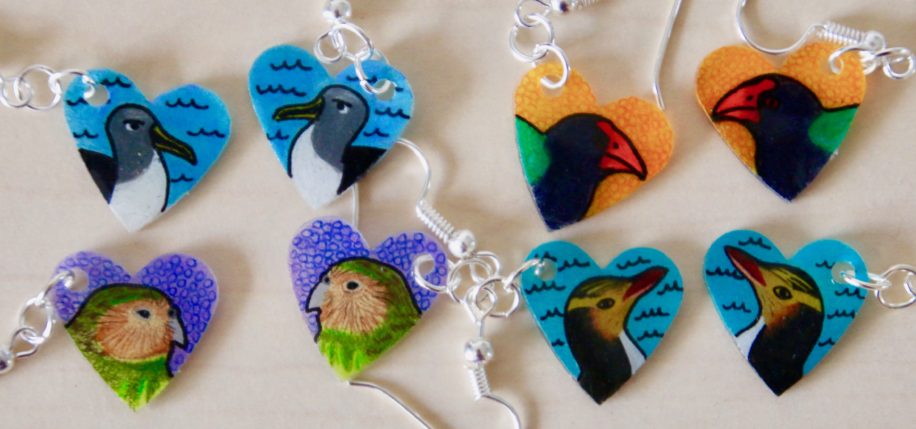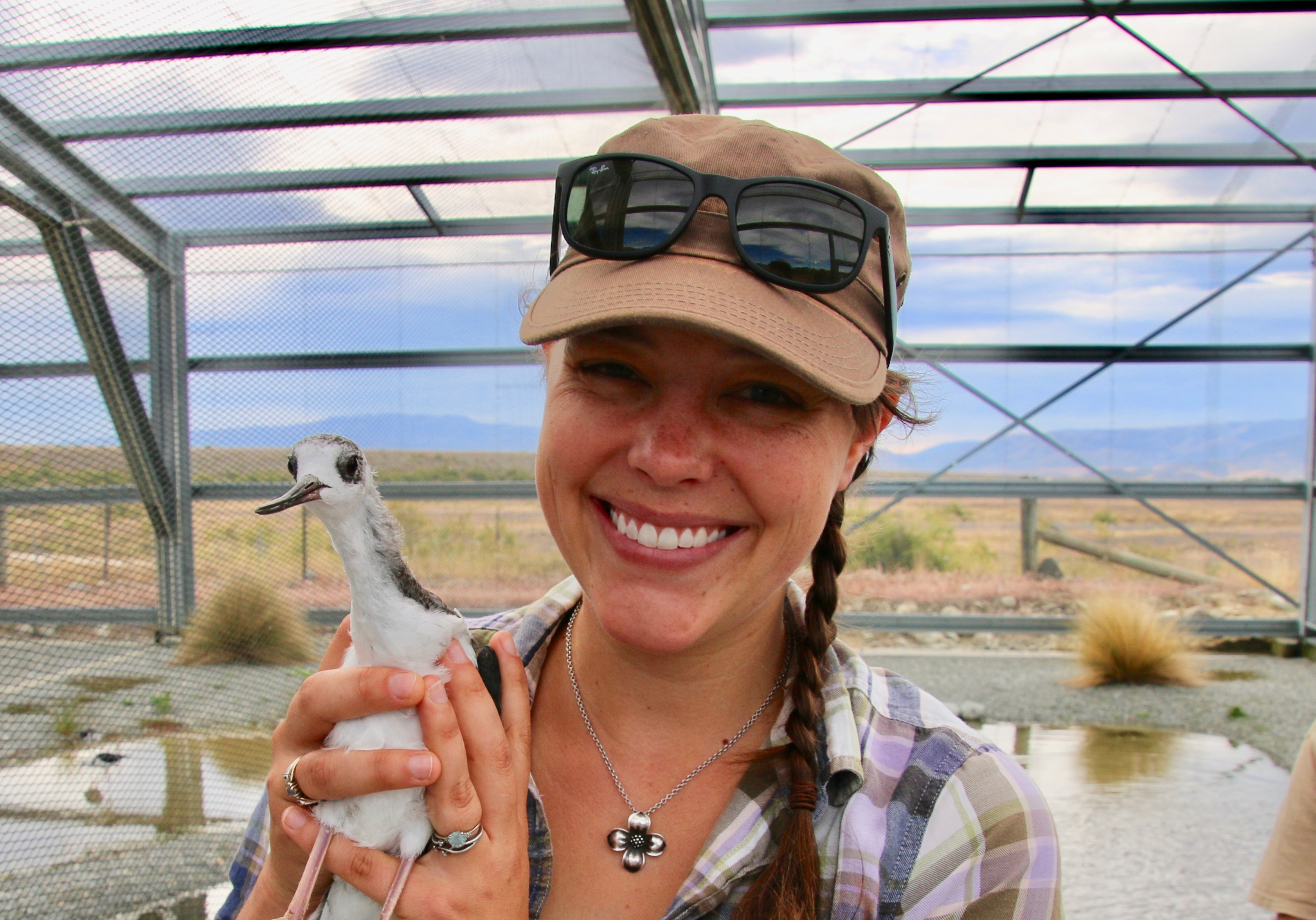Our member in the spotlight this week is Stephanie Galla from the University of Canterbury. Stephanie gave an outstanding presentation at ICCB 2017 in Cartagena, and was awarded SCBO’s 2017 Best Student Presentation Award for her talk, “Estimating relatedness in captive breeding for translocation programmes to enhance species recovery”
Why did you decide to pursue a career in conservation science and what sparked your interest in the field?
Like many biologists, I have been interested in wildlife since I was a kid. But for me, my decision to pursue a career in conservation started when I was 16 years old after taking a high school biology class from an inspirational teacher. Ms. Antonelli structured her biology class with a large emphasis on natural resource conservation and her enthusiasm was (and still is) contagious. Through her class, I learned that a conservation career was possible.
What has been the highlight of your research to date and what has been the most interesting thing that you have learned?
It’s hard to pick one! I’ve loved working with endangered species management programmes (e.g., Attwater’s Prairie-chickens, kakī/black stilt) and incorporating genetics into conservation management. But for me, the highlight has been (and still is!) working with conservation practitioners who have been incredibly smart, kind, and inspiring. For example, we currently work with the Kakī Recovery Programme to make the best ‘match-making’ recommendations for captive pairs of critically-endangered kakī. There are very few kakī left (~100 individuals), and even though conservation work can be an uphill battle at times, the dedicated conservation practitioners at the Kakī Recovery Programme are resolute, incredibly skilled, and deeply committed to the recovery of kakī.
As for the most interesting thing I’ve learned? Early on in my career, I worked as a biological intern for the Mississippi Sandhill Crane National Wildlife Refuge in the United States. I learned that one way to safely catch a Sandhill Crane is to use a ‘coffin trap’. It’s literally a coffin-like box with a side door you can easily roll out of. To start, biologists will bait the top of the ‘coffin’ with corn for a few weeks. When the weather is right, one biologist will wait inside the ‘coffin’ from early morning and when they see crane legs through a hole in the side-door, they can grab the legs, roll out of the ‘coffin’, and safely manage the bird in hand. Only experts can perform this technique safely and to this day it’s the most amazing and creative trapping technique I’ve ever seen.

Your work is highly interdisciplinary and involves collaborations with other disciplines and sectors, e.g primary industries. How has cross-sector collaboration helped your work, and what advice would you give to conservation scientists wanting to work with other sectors?
I believe that the world’s toughest problems will be solved when diverse groups of people come together, share knowledge, and collaborate. I work in the field of conservation genetics, which is currently transitioning from traditional technologies (e.g., using a handful of genetic markers scattered throughout the genome) to high-throughput sequencing (e.g., using thousands of genomics markers spread relatively evenly throughout the genome). For me, interdisciplinary relationships with primary industry researchers are expediting this transition and are enhancing our research with the critically-endangered kakī. One of the reasons these interdisciplinary relationships work so well is because biologists in primary industry are asking the same questions that we are in conservation (i.e., how to best estimate relatedness using genome markers), albeit with different organisms (e.g., domestic sheep). Throughout my PhD, I’ve been blown away how generous all our collaborators in primary industry have been when it comes to sharing knowledge. I feel really lucky to be working with such a smart and kind group of people!
Tell me what you do when you’re not in the lab or the field (e.g do you like crafting with cat hair?)
When I’m not in the field, in the lab, or at my desk learning genomic pipelines, I really enjoy bird watching around New Zealand, watching movies with my awesome lab mates, and crafting. In particular, I like to make shrink plastic jewellery, because you can make any study species you like into a nifty pair of earrings. They also make great gifts for all the biology friends in my life!

Where do you see yourself going next? What’s your dream job?
Once my PhD is completed, I would love to continue working with endangered species conservation as a postdoctoral researcher. My dream job? I’d love to be an academic and continue using genetics to answer tricky and exciting questions in avian conservation. I think being an academic is the best of both worlds; you get to do research in a discipline that you love and you also have the opportunity to inspire the next generation of scientists. Plus, you get to travel (like going to ICCB in Colombia!) and see amazing birds along the way. What more could you ask for in life?
Thanks for speaking with SCBO! Stephanie will receive free registration at next year’s SCB Oceania Conference being held in Wellington: http://wellington2018.scboceania.org/.

